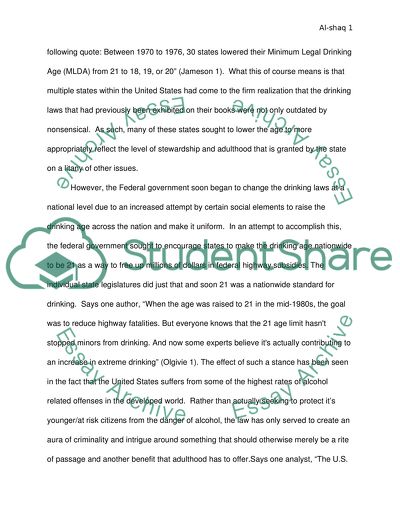Cite this document
(“Lowering the Drinking Age: A Discussion of the Risks and Benefits of Essay - 1”, n.d.)
Retrieved from https://studentshare.org/law/1609523-persuasive-research-essay
Retrieved from https://studentshare.org/law/1609523-persuasive-research-essay
(Lowering the Drinking Age: A Discussion of the Risks and Benefits of Essay - 1)
https://studentshare.org/law/1609523-persuasive-research-essay.
https://studentshare.org/law/1609523-persuasive-research-essay.
“Lowering the Drinking Age: A Discussion of the Risks and Benefits of Essay - 1”, n.d. https://studentshare.org/law/1609523-persuasive-research-essay.


